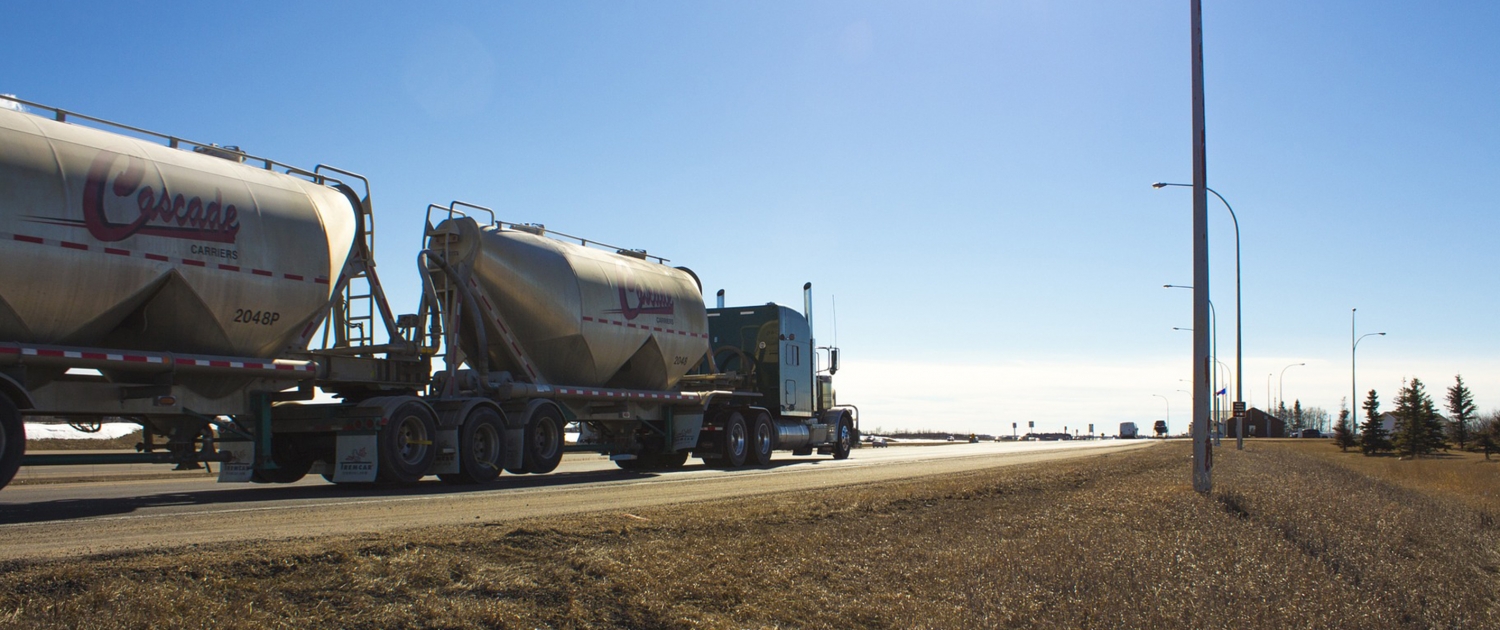
As the demand for freight services increased and a growing shortage of qualified drivers continues, retaining talent has never been more critical. Yet, for many trucking companies and recruiters, high turnover rates continue to threaten productivity, customer satisfaction, and profitability.
Understanding why drivers leave and what can be done to improve retention is key to building a stable, engaged workforce. Keep reading to explore the current factors causing driver turnover and discover real solutions to help address these issues head-on, ensuring you remain competitive in an evolving industry.
Competitive Pay and Benefits
Fair compensation and benefits remain a top priority for many drivers across the nation. This means it is often one of the top causes for turnover, as drivers continue to leave their current positions to find higher-paying jobs or better benefits.
Remaining competitive while balancing operating costs is essential to attracting and retaining drivers while delivering profits. Employers should regularly review pay structures, benchmarking against industry standards, such as driver income data compiled by the National Transportation Institute.
Transparent, competitive pay policies and incentives, such as bonuses for long-haul OTR drivers or for reaching safety milestones, can boost driver satisfaction and loyalty, reducing the likelihood of turnover and attracting new talent to your company.
Work-Life Balance and Home Time
Long hours on the road with minimal home time can quickly lead to burnout and frustration, making it one of the leading causes of driver turnover. Truck driving is inherently a tough job, with long stretches away from home and unpredictable schedules.
One of the most effective ways to support drivers and reduce turnover is by offering more predictable and frequent home time.
Companies should consider designing routes that allow drivers to be home more regularly, such as regional runs, or implementing split-shift schedules. For drivers who prefer long-haul routes, ensuring clear communication about time-off policies and providing paid time off can make a meaningful difference.
In addition to scheduling, technology can be a game-changer in reducing unnecessary downtime and optimizing routes. Using GPS and route-planning tools helps minimize delays, allowing drivers to complete jobs efficiently and get home sooner.
Balancing workloads is also crucial. Dispatchers should avoid overloading drivers with back-to-back hauls that leave no room for rest and recovery.
Lack of Appreciation and Communication
A common complaint of drivers across the nation is feeling disconnected from management or that their concerns are not listened to and acted on.
In fact, in our most recent Driver Happiness Survey, we found that only 40% of drivers with 1-2 years of experience felt they had the information and support necessary to be successful in their roles.
To ensure this is not a problem in your company, work to create a culture of open communication, offering feedback channels and training for dispatchers to communicate more effectively. Establish regular check-ins, even via digital tools, or offer other platforms for drivers to provide insight, such as driver engagement surveys.
Limited Career Advancement Opportunities
Today’s drivers have their sights set on greater career advancement goals than ever before, which means it is essential to prioritize internal growth and employee development to reduce driver turnover.
To do this, offer clear paths for advancement, whether that’s into higher-paying routes, training for specific certifications, or even non-driving roles within the company. Companies should promote internal mobility, such as transitioning drivers to safety or training roles, or even dispatcher roles.
By offering opportunities for career advancement, companies demonstrate their commitment to driver success and long-term growth. This not only increases job satisfaction but also builds loyalty, as drivers are more likely to stay with employers who invest in their professional development.
Poor Onboarding and Training
Inadequate training and support during the initial weeks on the job is another common reason new drivers quit.
Without proper onboarding, drivers can feel overwhelmed and unprepared for the demands of the role. From the beginning of the hiring process, into orientation, and throughout their tenure with the company, drivers should feel supported, encouraged, and valued to reduce turnover and improve retention.
Invest in thorough, hands-on onboarding programs that integrate drivers into the company culture from day one. Comprehensive training on safety, routes, and company policies is essential, and pairing new hires with experienced mentors can provide the support they need as they adjust.
Inadequate Equipment and Technology
Drivers also often cite poor-quality or outdated technology and equipment as a key reason for leaving a company.
Frequent breakdowns or malfunctions not only delay deliveries but also add unnecessary stress and frustration to drivers’ already demanding schedules. When equipment fails, it impacts driver safety, productivity, and overall job satisfaction, leading to higher turnover rates.
To address this, companies should invest in newer, reliable vehicles and ensure regular maintenance to minimize downtime. Additionally, keeping technology up to date can make a significant difference in a driver’s daily experience.
Modern route-planning tools, communication systems, and digital compliance solutions streamline operations, allowing drivers to focus on their job without unnecessary challenges. Offering training on new technologies ensures drivers feel confident and capable, further boosting retention.
Looking for more information on recruiting to retain in 2024? Download our free Employer’s Guide to Reduce Turnover.

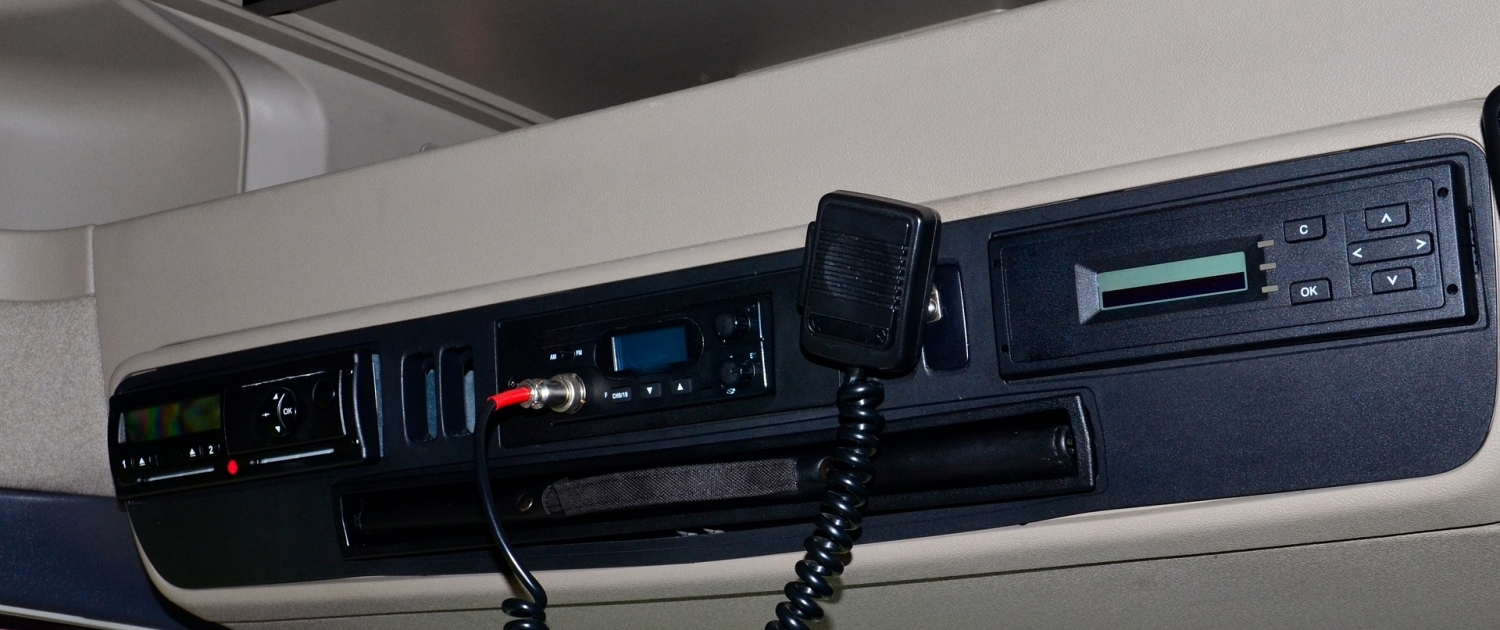
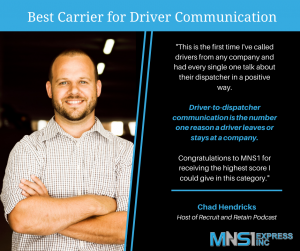
 One of the best ways to improve dispatcher-driver relationships is by creating more common ground. Most dispatchers have never been CDL drivers, and most drivers have never been dispatchers. Both sides need to have a basic understanding of what the other is doing in their day-to-day life and to
One of the best ways to improve dispatcher-driver relationships is by creating more common ground. Most dispatchers have never been CDL drivers, and most drivers have never been dispatchers. Both sides need to have a basic understanding of what the other is doing in their day-to-day life and to 
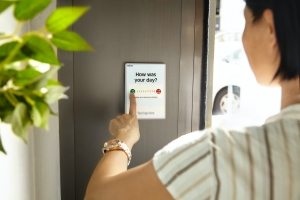 Like any hard-working employee, truck drivers want to feel respected and
Like any hard-working employee, truck drivers want to feel respected and 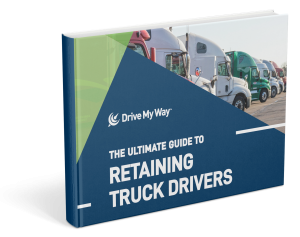


 It’s no surprise that pay and benefits are the biggest reason that truck drivers leave one position for another. Carriers are finding that they need to go above and beyond from a compensation and benefits perspective, as offering the industry average simply isn’t cutting it anymore.
It’s no surprise that pay and benefits are the biggest reason that truck drivers leave one position for another. Carriers are finding that they need to go above and beyond from a compensation and benefits perspective, as offering the industry average simply isn’t cutting it anymore. Carriers who over-promise and under-deliver are finding that that model for attracting drivers is no longer solid. Truck drivers have more options than ever before when it comes to which carrier they can drive for, so being honest and transparent are the best things carriers can do during the interview and hiring process if they want to recruit top talent.
Carriers who over-promise and under-deliver are finding that that model for attracting drivers is no longer solid. Truck drivers have more options than ever before when it comes to which carrier they can drive for, so being honest and transparent are the best things carriers can do during the interview and hiring process if they want to recruit top talent.  As the saying goes, employees don’t leave the company. Employees leave the people at the company. If a truck driver finds themselves working with a dispatcher they truly dislike, it won’t be long before they start looking for a different opportunity.
As the saying goes, employees don’t leave the company. Employees leave the people at the company. If a truck driver finds themselves working with a dispatcher they truly dislike, it won’t be long before they start looking for a different opportunity. Comprehensive CDL Recruitment Solutions
Comprehensive CDL Recruitment Solutions
 Now more than ever, the ability for carriers to retain truck drivers is key. As the labor market
Now more than ever, the ability for carriers to retain truck drivers is key. As the labor market The last thing a driver wants is a carrier that over-promises and under-delivers. Before posting a job, carriers should take the time to l
The last thing a driver wants is a carrier that over-promises and under-delivers. Before posting a job, carriers should take the time to l Sometimes it takes a carrier posting a job advertisement on Facebook for them to find out that their current drivers are unsatisfied. Maybe their pay is too low, their benefits aren’t desirable, or the carrier over-promises and under-delivers.
Sometimes it takes a carrier posting a job advertisement on Facebook for them to find out that their current drivers are unsatisfied. Maybe their pay is too low, their benefits aren’t desirable, or the carrier over-promises and under-delivers.  Instead of constantly investing in lofty sign-on bonuses to attract new drivers, carriers should implement referral bonus programs and
Instead of constantly investing in lofty sign-on bonuses to attract new drivers, carriers should implement referral bonus programs and  Trust is one of the most important parts of being a successful driver recruiter. Drivers want to know that the person they’re working with is looking out for their interests as well as those of the company they work for. But, for many recruiters, building that kind of trust is easier said than done.
Trust is one of the most important parts of being a successful driver recruiter. Drivers want to know that the person they’re working with is looking out for their interests as well as those of the company they work for. But, for many recruiters, building that kind of trust is easier said than done. 
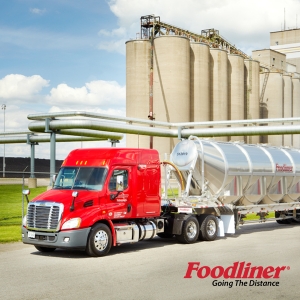 Foodliner Partners with Drive My Way for Success
Foodliner Partners with Drive My Way for Success

 National job uncertainty has been a hallmark of 2020. With that in mind, it’s more important than ever to
National job uncertainty has been a hallmark of 2020. With that in mind, it’s more important than ever to  In addition to transparency, consistency is critical during uncertain times. It’s so important that in 2019, Harvard Business Review found that
In addition to transparency, consistency is critical during uncertain times. It’s so important that in 2019, Harvard Business Review found that  Public recognition is most meaningful as a way to connect drivers when it is paired with private or internal recognition as well. Drivers will quickly see through any companies that praise in public and don’t value drivers in private. In addition to external marketing campaigns, take time to reach out to drivers individually.
Public recognition is most meaningful as a way to connect drivers when it is paired with private or internal recognition as well. Drivers will quickly see through any companies that praise in public and don’t value drivers in private. In addition to external marketing campaigns, take time to reach out to drivers individually. 


